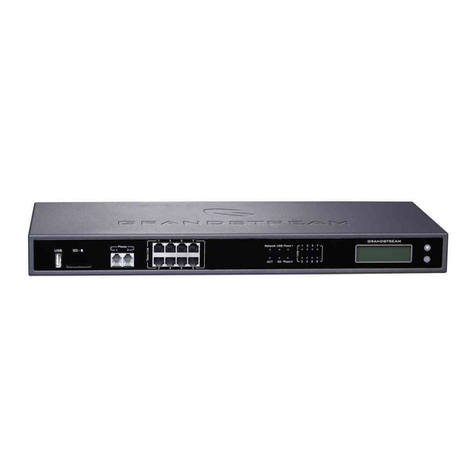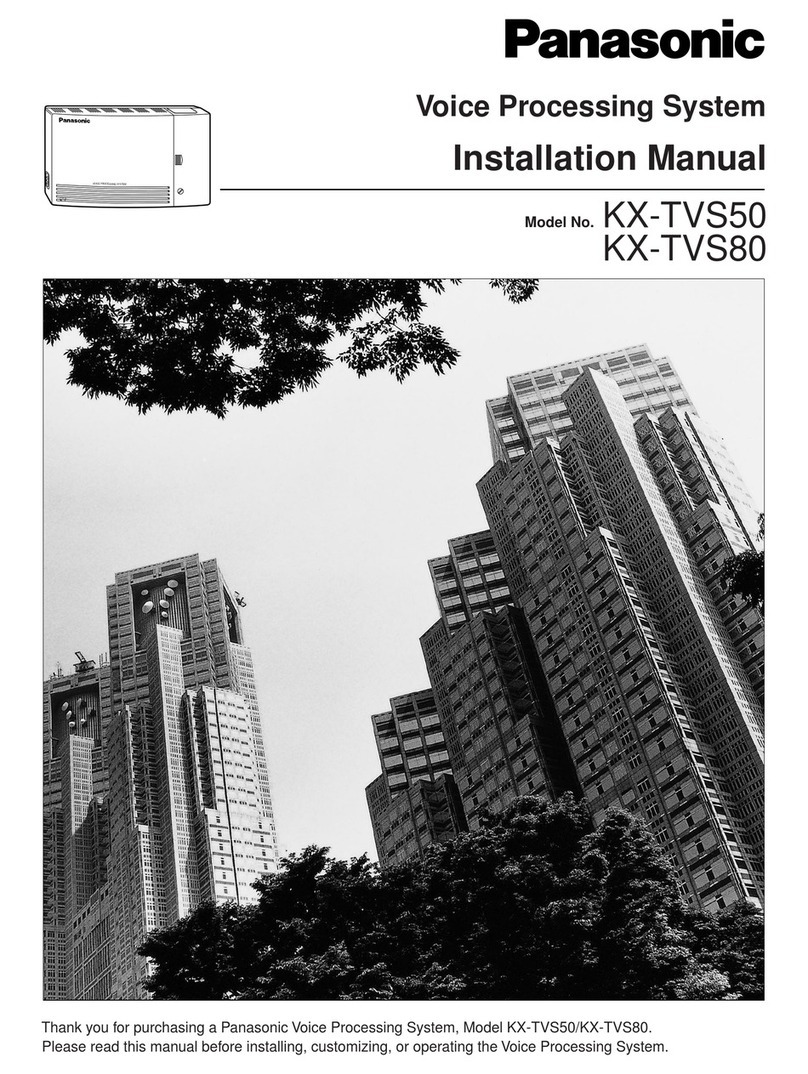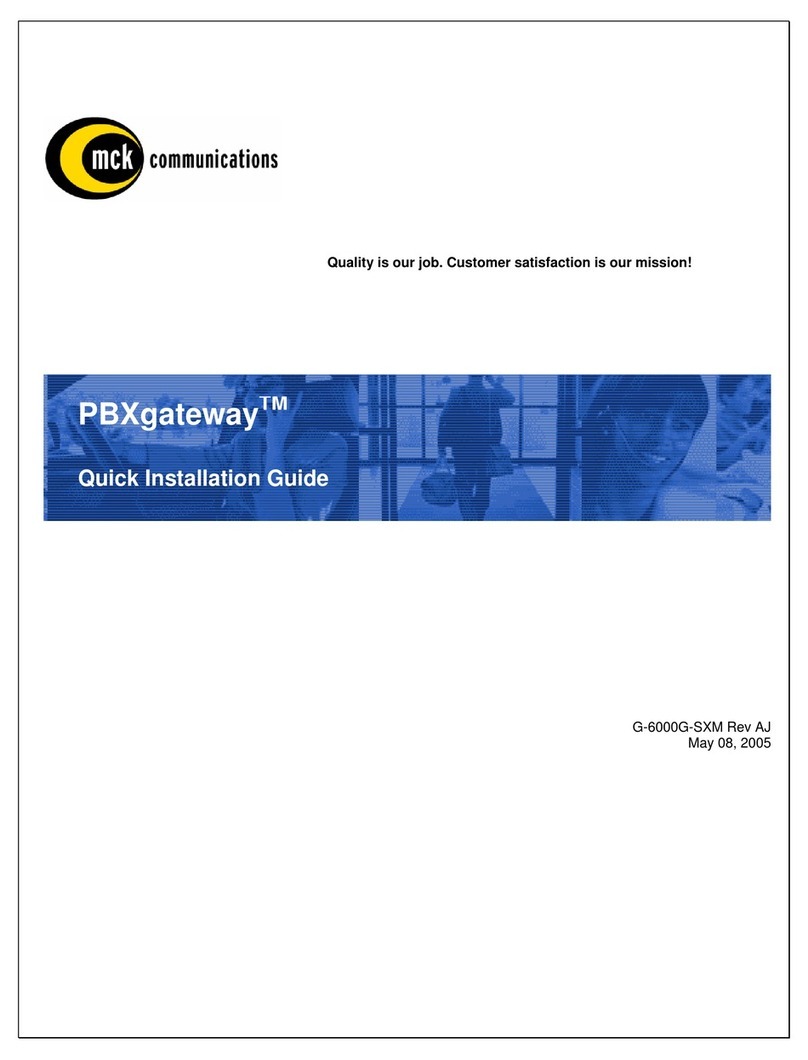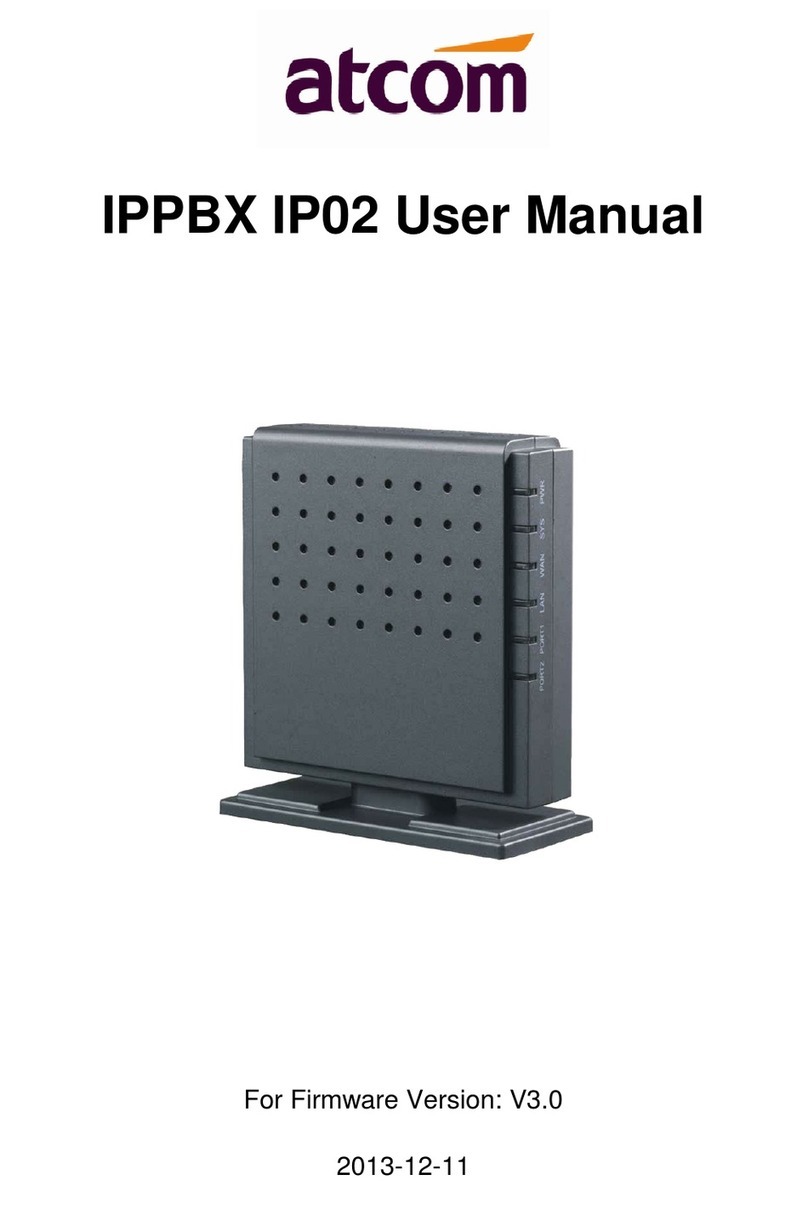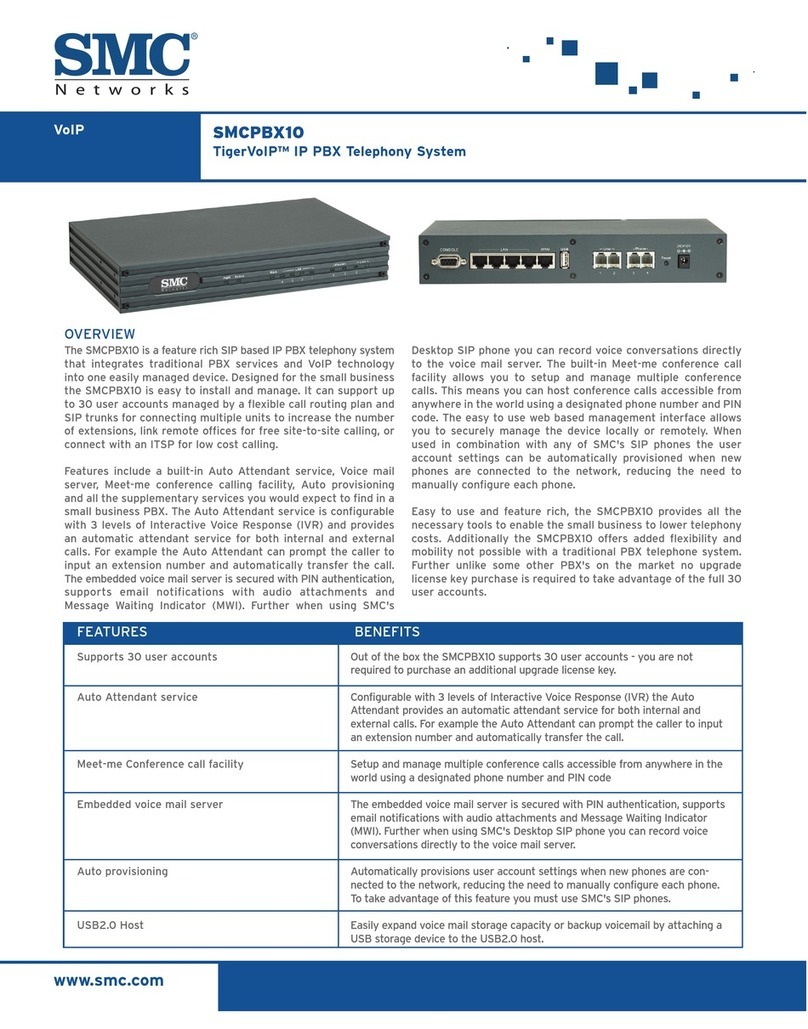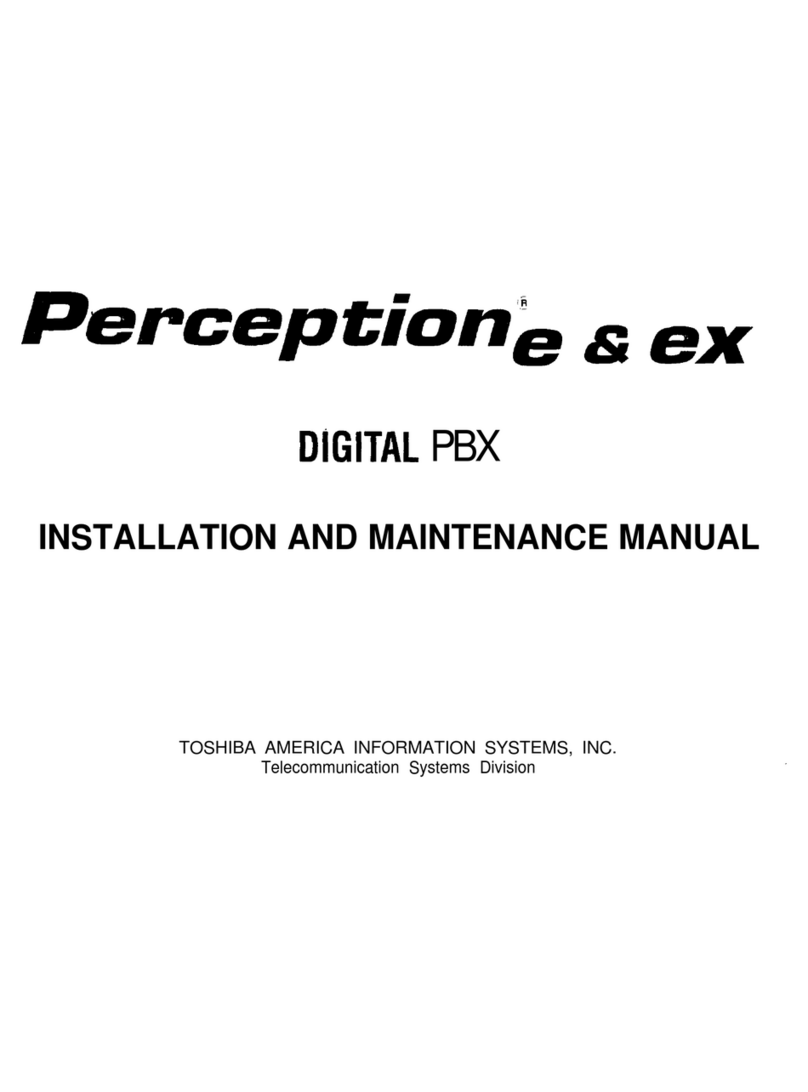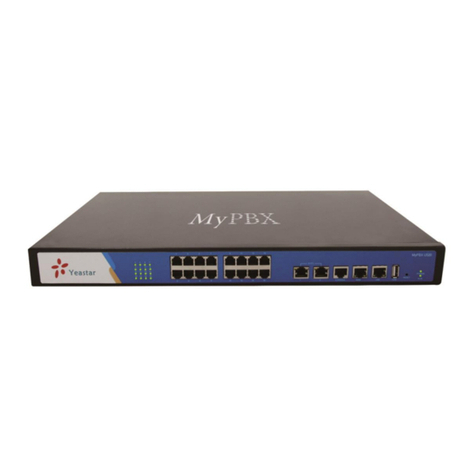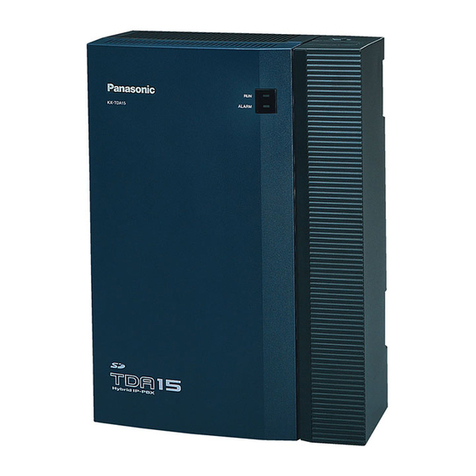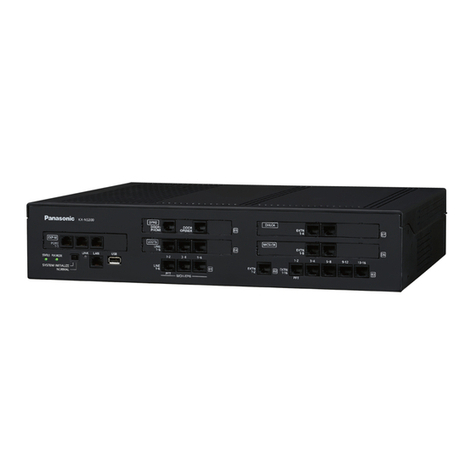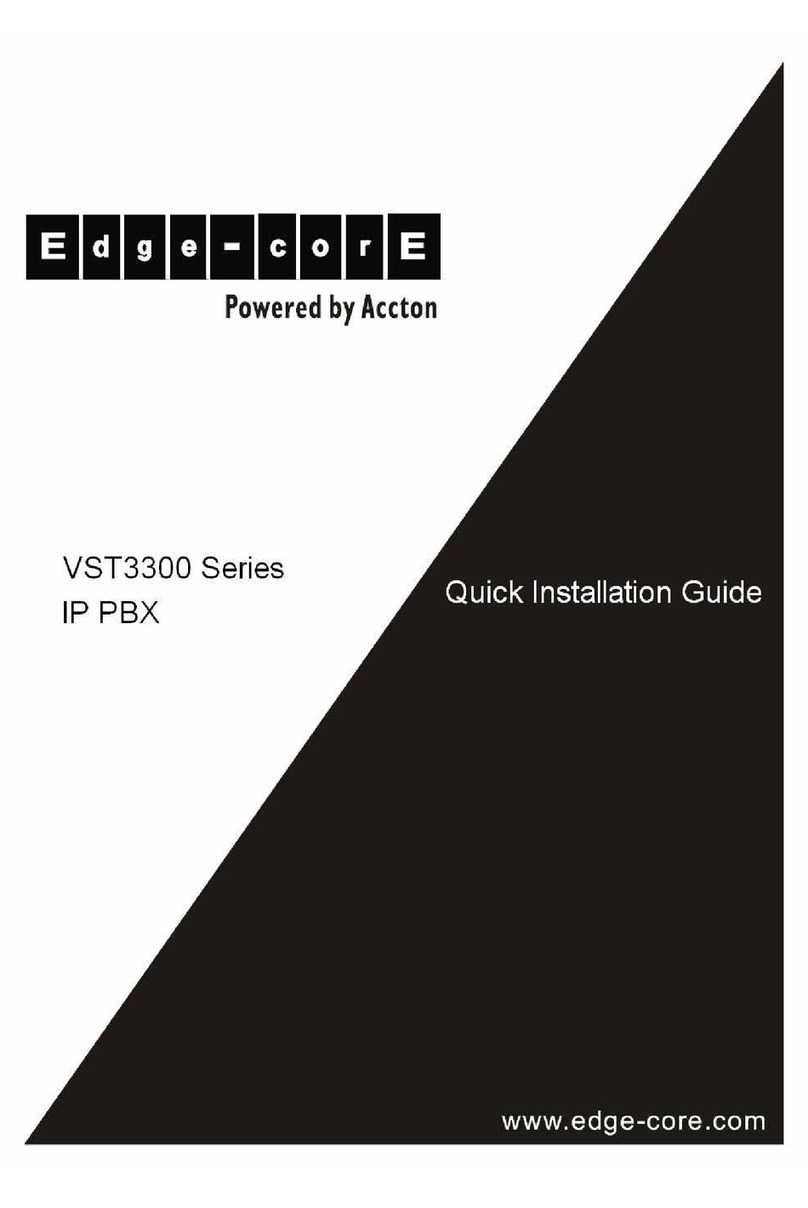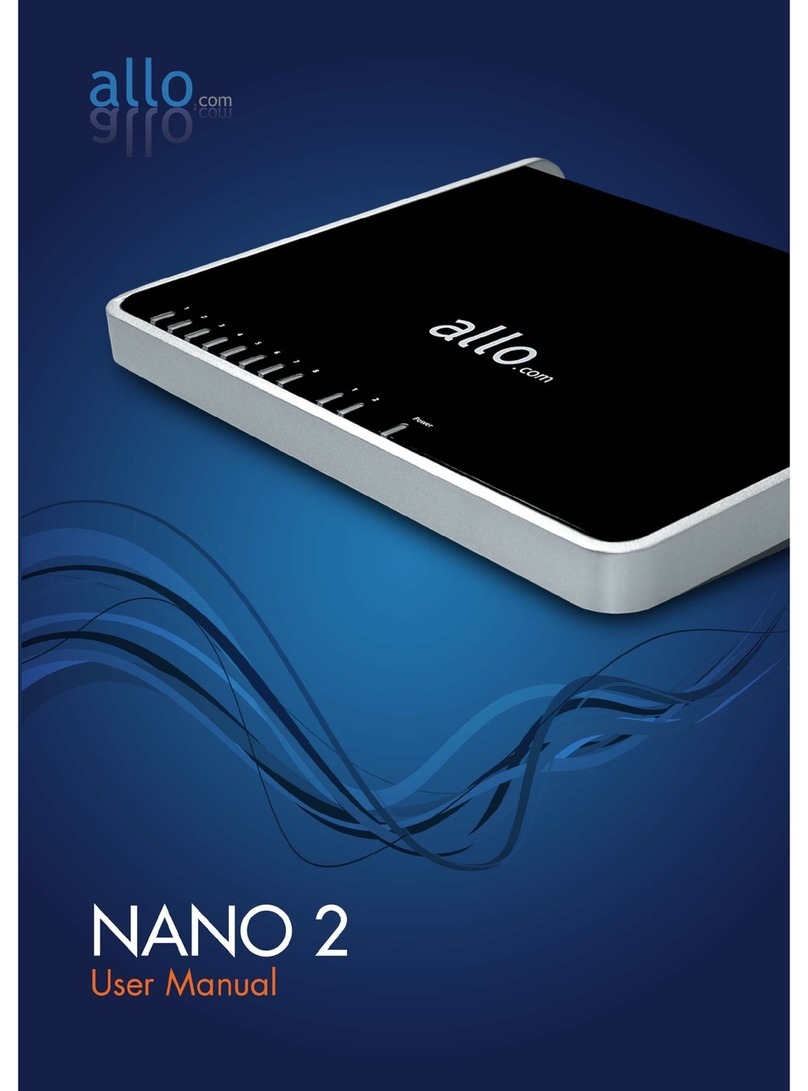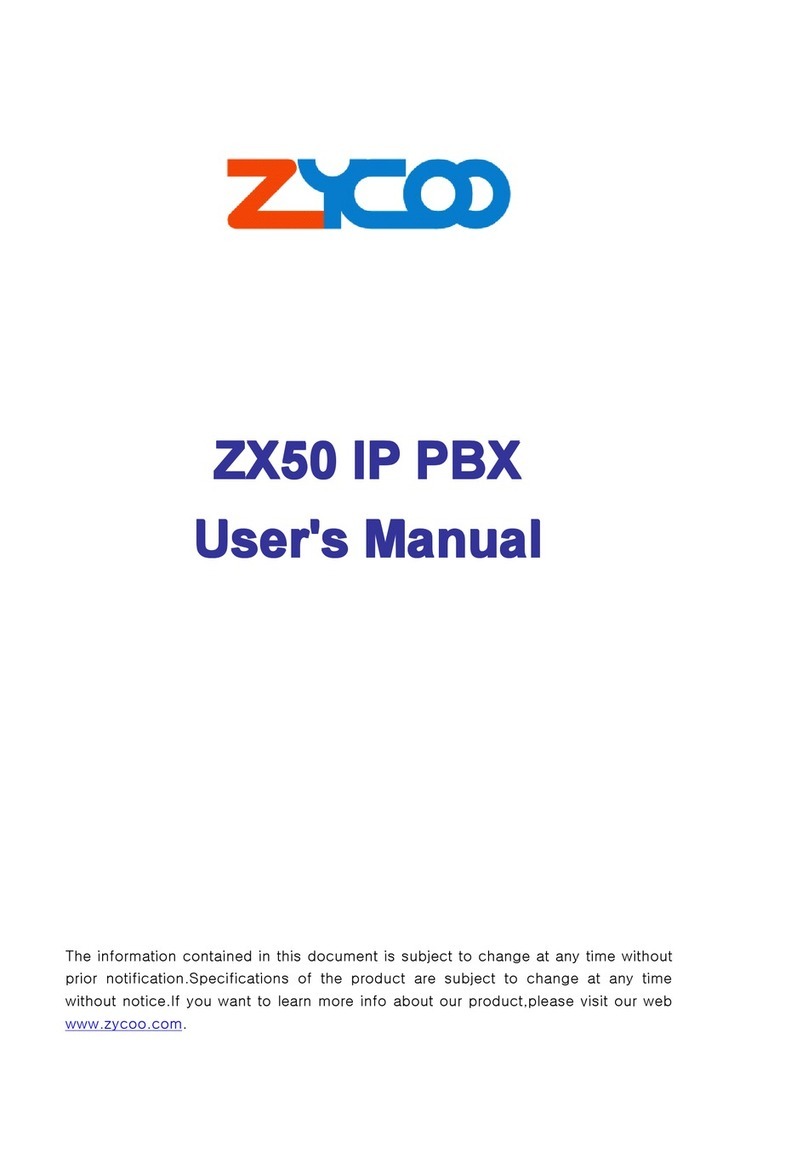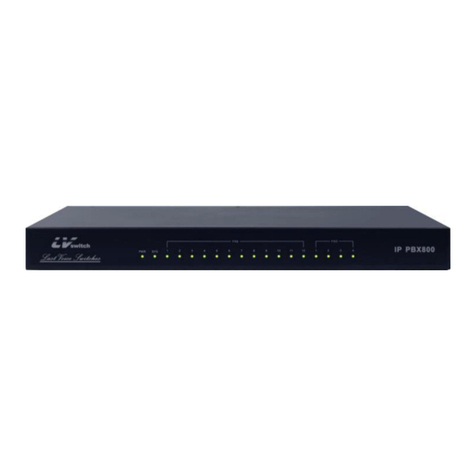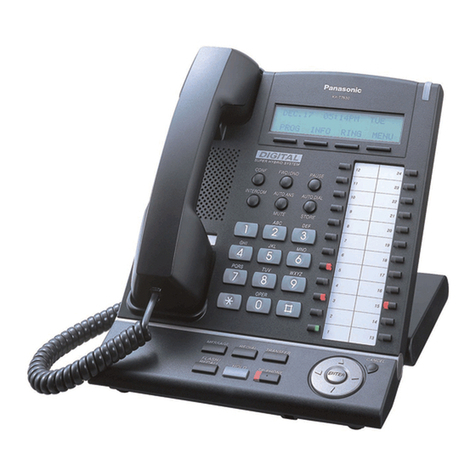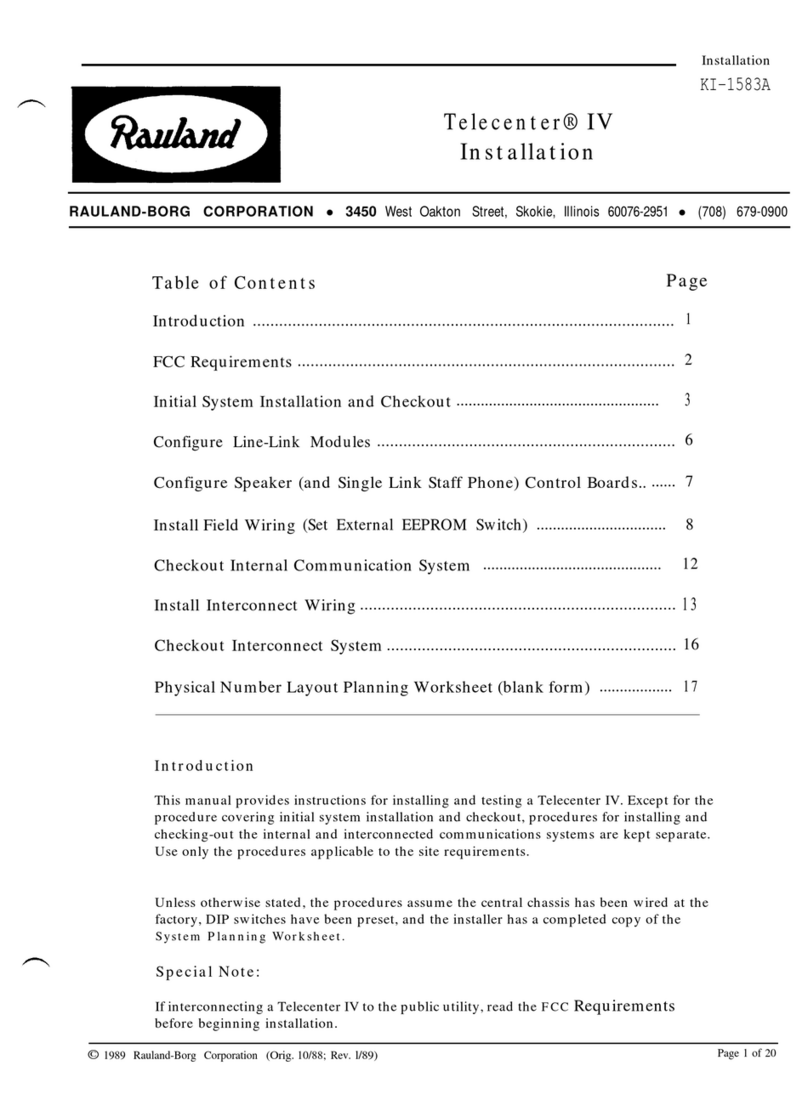Operation Manual
3
13. Create the Connection of SIP Device .................................58
13.1 Concept:...................................................................................................................... 58
13.2 SIP Line (SIP Proxy Server)..................................................................................... 58
13.2.1 Open a New Account...............................................................................................58
13.2.2 Specify a Channel to the New Created Account......................................................59
13.2.3 Registration of SIP Device (Client) ..........................................................................60
13.2.4 Check Registration Status .......................................................................................62
13.3 SIP Trunk Server........................................................................................................ 63
13.3.1 Register to SIP Telephony Server Provider .............................................................63
13.3.2 Configuration of SIP Trunk Dialing Behavior............................................................64
14. Configuration of Conference Call.......................................71
14.1 Configuration of a Single Conference Bridge........................................................ 71
14.1.1 Chairman is Unspecified Member............................................................................73
14.1.2 Specify Dedicated Member as Chairman ................................................................73
14.2 Configuration of Cascaded Conference Bridge.................................................... 74
15. Configuration of Other Application ....................................75
15.1 Call Forward ............................................................................................................... 75
15.1.1 General Call Forward...............................................................................................76
15.1.2 Secretarial Intercept Feature ...................................................................................78
15.1.3 Offnet Forward to Mobile Phone (Offnet PSTN) ......................................................78
15.2 Hotline Extension....................................................................................................... 81
15.3 Line Group.................................................................................................................. 82
15.4 Call Park...................................................................................................................... 83
15.4.1 Operation Procedure................................................................................................83
15.4.2 Analysis of Example.................................................................................................83
15.4.3 Configuration Method...............................................................................................85
15.4.4 Practice....................................................................................................................85
16. Connect to Special Device (Seize Specific Trunk) ............86
16.1 Connect Door Phone and Voice Broadcast System ............................................ 86
16.2 Connect Voice Broadcast System (for VST3305 Only)....................................... 87
17. Firmware Update and Backup.............................................88
17.1 File Types.................................................................................................................... 88
17.2 Update and Backup Firmware via Web.................................................................. 89
